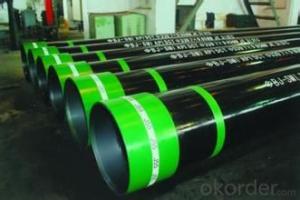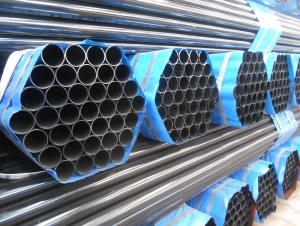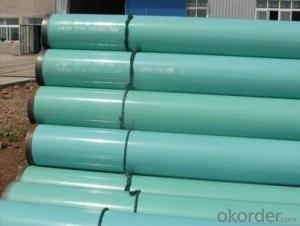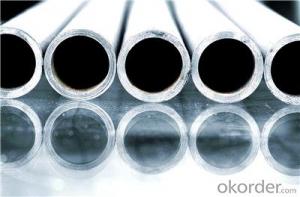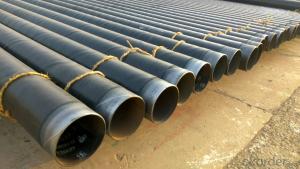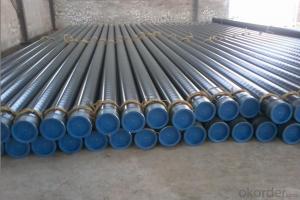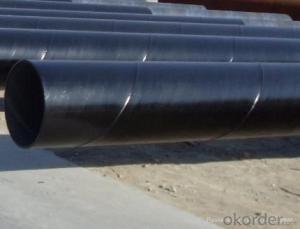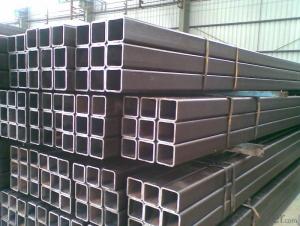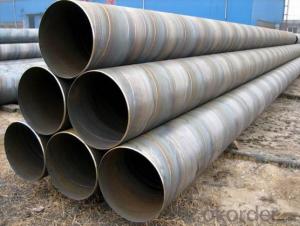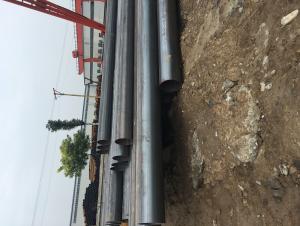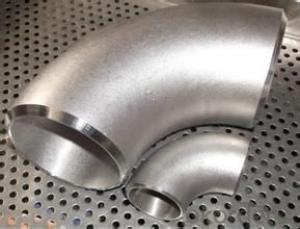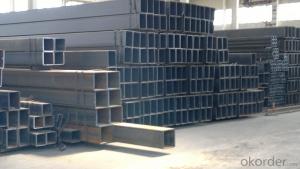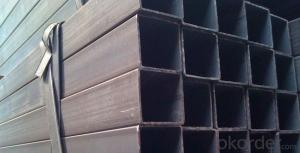All Categories
- - Steel Wire Rod
- - Steel Coils
- - Steel Profiles
- - Steel Pipes
- - Stainless Steel
- - Tinplate
- - Special Steel
- - Steel Sheets
- - Steel Rebars
- - Steel Strips
- - Hot Rolled Steel
- - Cold Rolled Steel
- - Pre-painted Steel
- - Seamless Steel Pipe
- - Welded Steel Pipe
- - Hollow Steel Tubes
- - Galvanized Pipe
- - Stainless Steel Coil
- - Stainless Steel Sheet
- - Stainless Steel Plate
- - Stainless Steel Strips
- - Electrolytic Tinplate Coil
- - Electrolytic Tinplate Sheet
- - Stainless Steel Rebars
- - Solar Panels
- - Solar Water Heater
- - Solar Related Products
- - Solar Inverter
- - Solar Cells
- - Solar Light
- - Solar Energy Systems
- - Solar Controllers
- - Solar Mounting System
- - Solar Pump
- - Solar Chargers
- - Fiberglass Chopped Strand
- - Fiberglass Mesh Cloth
- - Composite Pipes
- - FRP Pultrusion Profiles
- - Fiberglass Mat Tissue
- - Fiberglass Fabrics
- - Fiberglass Mesh
- - Composite Tank
- - Fiberglass Mesh tape
- - Polymer
- - FRP Roofing Panel
- - Fiberglass Roving
- - Monolithic Refractories
- - Ceramic Fiber Products
- - Refractory Bricks
- - Raw Materials For Refractory
- - Suspended Platform
- - Cranes
- - Concrete Machinery
- - Earthmoving Machinery
- - Building Hoist
- - Road Building Machinery
- - Plastic Pipe Fittings
- - Plastic Tubes
- - Plastic Sheets
- - Agricultural Plastic Products
- - Plastic Nets
 All Categories
All Categories
Q & A
What are the considerations when using hollow steel tubes in seismic retrofitting projects?
When using hollow steel tubes in seismic retrofitting projects, several considerations need to be taken into account. Firstly, the size and thickness of the tubes should be determined based on the specific requirements of the structure and the expected seismic forces. The tubes should be strong enough to withstand the anticipated loads and deformations during an earthquake.
Secondly, the connection details between the tubes and the existing structure should be carefully designed. The connections must be able to transfer the seismic forces effectively and ensure a rigid connection between the tubes and the structure. Special attention should be given to the connection detailing to prevent any potential weak points that could compromise the overall performance of the retrofit.
Additionally, the installation process of the hollow steel tubes should be carefully planned. This includes considering the access to the retrofitting locations, the sequence of installation, and any potential impacts on the existing structure during the retrofitting process. The installation should be carried out by qualified professionals following appropriate construction practices to ensure the effectiveness and safety of the retrofit.
Lastly, proper monitoring and maintenance should be implemented after the retrofitting is completed. Regular inspections should be conducted to verify the structural integrity of the hollow steel tubes and ensure they are functioning as intended. Any signs of damage or deterioration should be addressed promptly to maintain the long-term effectiveness of the seismic retrofit.
What is the weight of hollow steel tubes?
The weight of hollow steel tubes can vary greatly depending on their size, thickness, and length. It is important to know the specific dimensions and specifications of the tube in order to determine its weight accurately.
What are the dimensions available for hollow steel tubes?
The dimensions available for hollow steel tubes vary depending on the manufacturer and intended use. However, common sizes range from small diameters of around 0.5 inches to larger diameters of several feet. The thickness of the walls also varies, typically ranging from a few millimeters to several inches. Additionally, the length of hollow steel tubes can be customized to meet specific requirements.
Can hollow steel tubes be used for sports equipment?
Yes, hollow steel tubes can be used for sports equipment. They are commonly used in the construction of various sports equipment such as bicycles, golf clubs, hockey sticks, and tennis rackets. The hollow design of the tubes provides strength while keeping the overall weight of the equipment low, making it more efficient and easier to handle for athletes.
Can hollow steel tubes be used for architectural detailing?
Yes, hollow steel tubes can be used for architectural detailing. They offer several advantages such as structural strength, versatility in design, and ease of installation. Hollow steel tubes can be used for various architectural applications such as supporting structures, handrails, facades, and decorative elements. Their sleek and modern aesthetic can enhance the overall visual appeal of a building while offering durability and longevity.
Wholesale Hollow Steel Tubes from supplier in Guinea Bissau
We are a Hollow Steel Tubes supplier serving the Guinea Bissau, mainly engaged in the sale, quotation, and technical support services of various Hollow Steel Tubes products in the Guinea Bissau region. We are a subsidiary platform of the Fortune Global 500 company CNBM, able to provide you with one-stop Hollow Steel Tubes procurement services in the Guinea Bissau. Not only do we have a wide range of Hollow Steel Tubes products, but after years of market development in the Guinea Bissau, we can also provide valuable experience for your projects.

